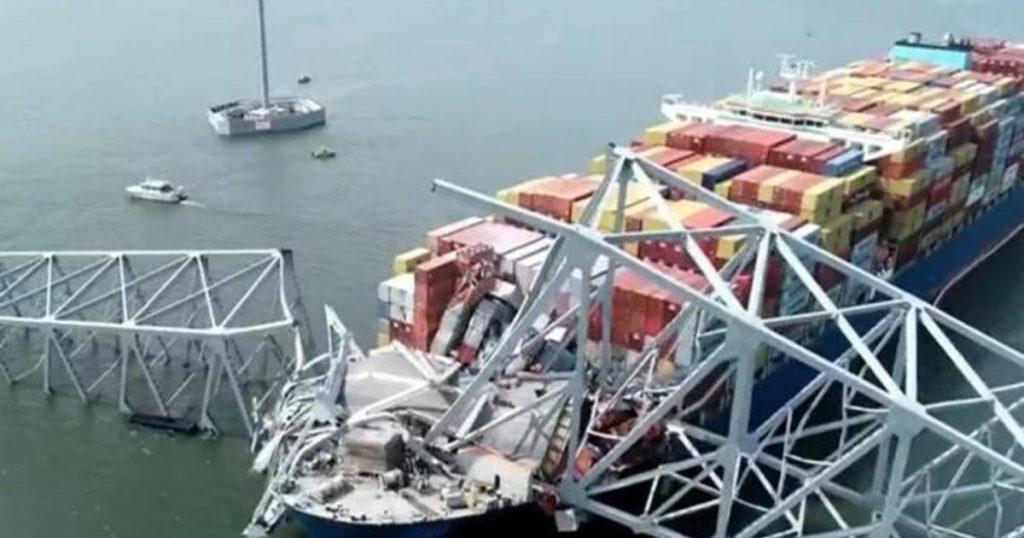The collapse of the Francis Scott Key Bridge has raised questions about the importance of impact protection for bridges. While the Key Bridge did have some form of impact protection, it is not common for U.S. bridges to have adequate protection. This lack of protection leaves many bridges vulnerable to potential collapses and raises concerns about the safety of infrastructure across the country.
The collapse of the Key Bridge has prompted an investigation into what could have been done to prevent the tragedy. While some bridges may have impact protection, the majority do not have sufficient protection in place. This puts many bridges at risk of collapsing in the event of an impact, whether from a vehicle accident or natural disaster. It is crucial for authorities to assess the safety of all bridges and implement necessary measures to prevent future disasters.
The lack of impact protection on U.S. bridges highlights the urgent need for increased infrastructure maintenance and safety measures. Without proper protection in place, bridges are susceptible to damage from a variety of sources and could potentially collapse, posing a threat to public safety. It is vital for authorities to prioritize bridge safety and invest in measures to prevent future disasters.
The collapse of the Key Bridge serves as a reminder of the importance of maintaining and safeguarding critical infrastructure. With proper impact protection in place, bridges can be better equipped to withstand potential risks and ensure the safety of commuters and travelers. Authorities must take decisive action to address the vulnerabilities of bridges across the country and ensure that necessary safety measures are implemented to prevent future collapses.
As investigations continue into the collapse of the Key Bridge, there is a growing focus on the need for improved safety standards and protocols for bridges. The lack of impact protection on many U.S. bridges underscores the urgency of addressing infrastructure vulnerabilities and prioritizing safety measures. By investing in proper protection and maintenance, authorities can help ensure the resilience and longevity of critical infrastructure and protect the public from potential disasters.
In conclusion, the collapse of the Francis Scott Key Bridge highlights the critical importance of impact protection for bridges. With proper safety measures in place, bridges can be better prepared to withstand potential risks and prevent disasters. Authorities must prioritize bridge safety and invest in necessary protections to safeguard infrastructure and protect public safety. The tragedy of the Key Bridge collapse serves as a catalyst for improved safety standards and protocols for bridges across the country.


